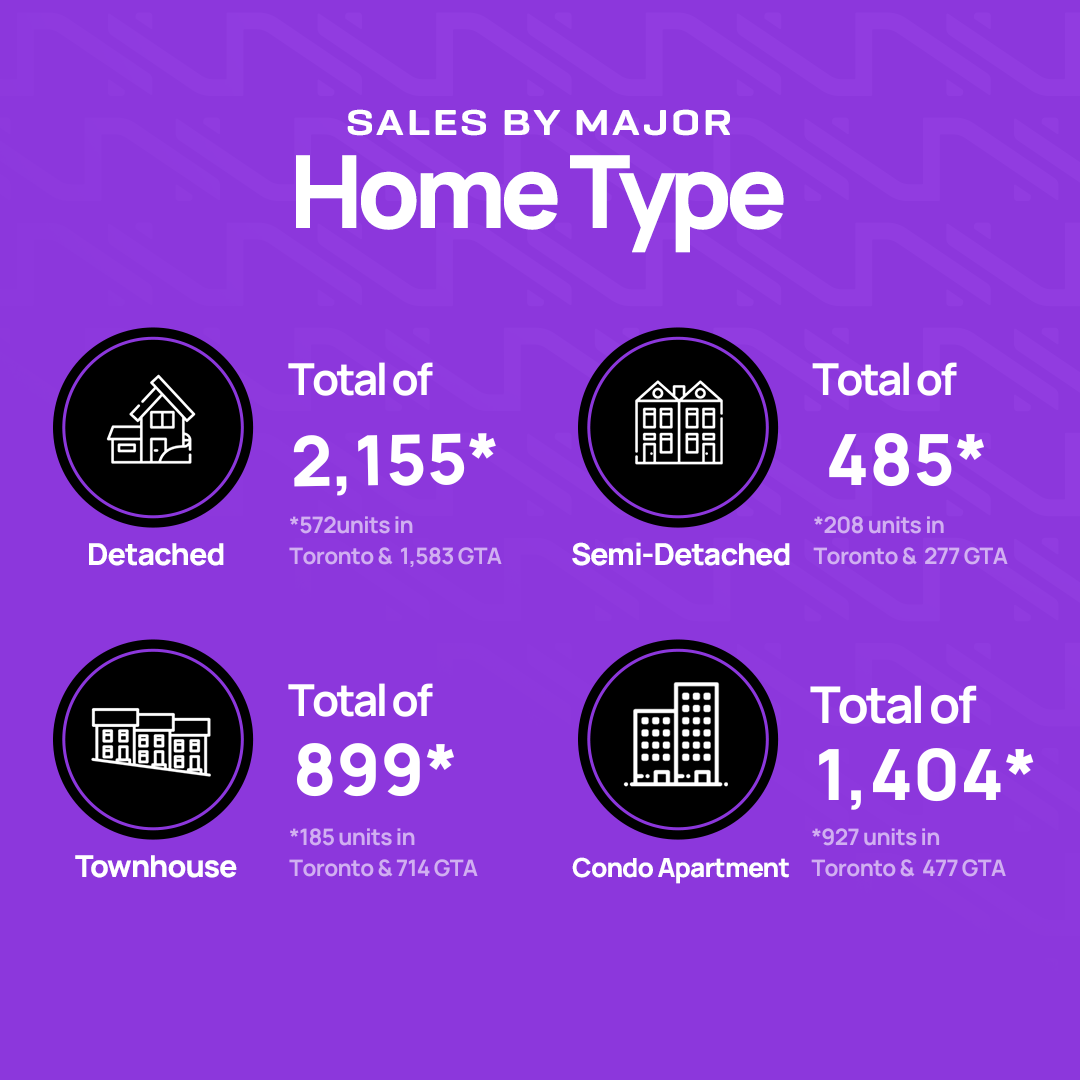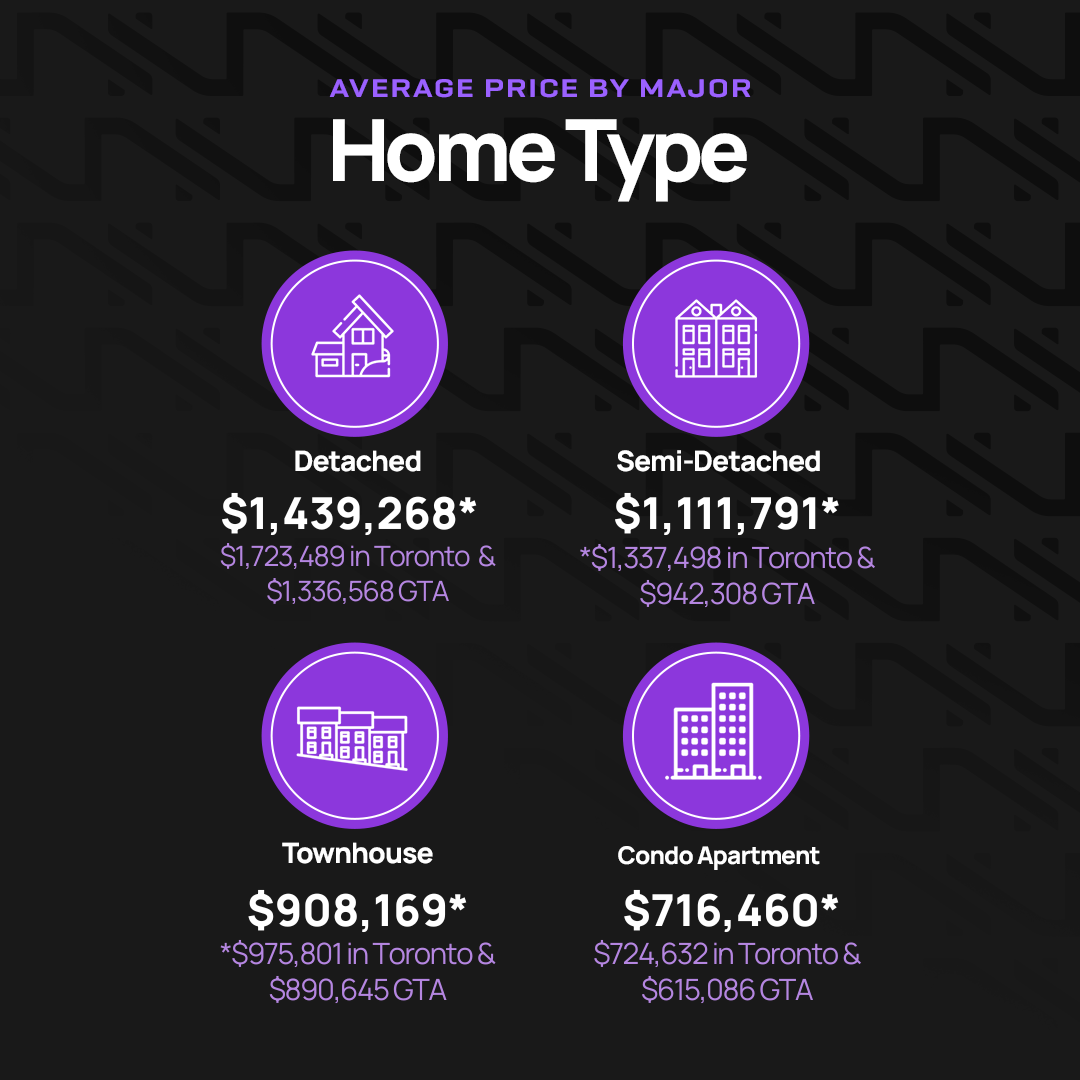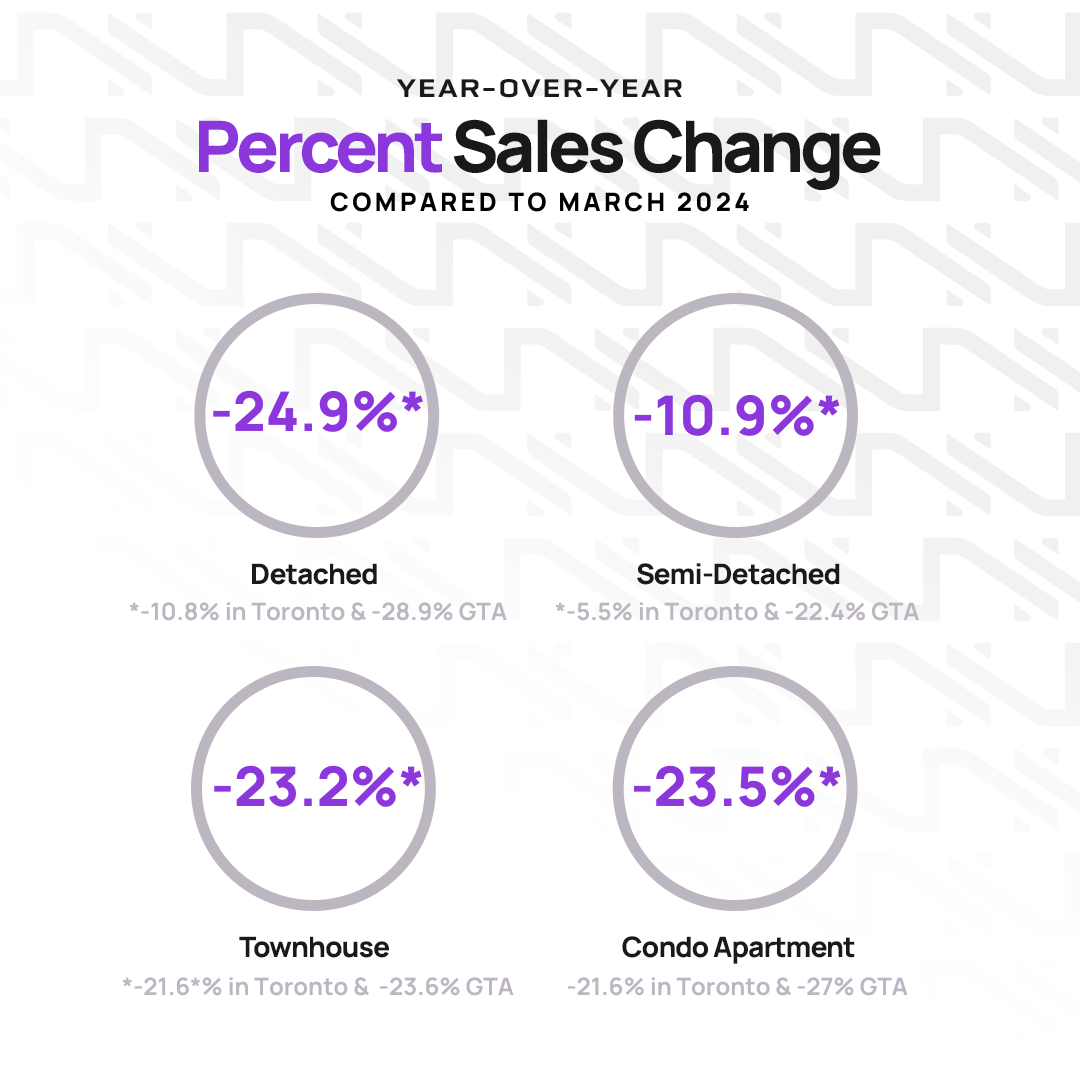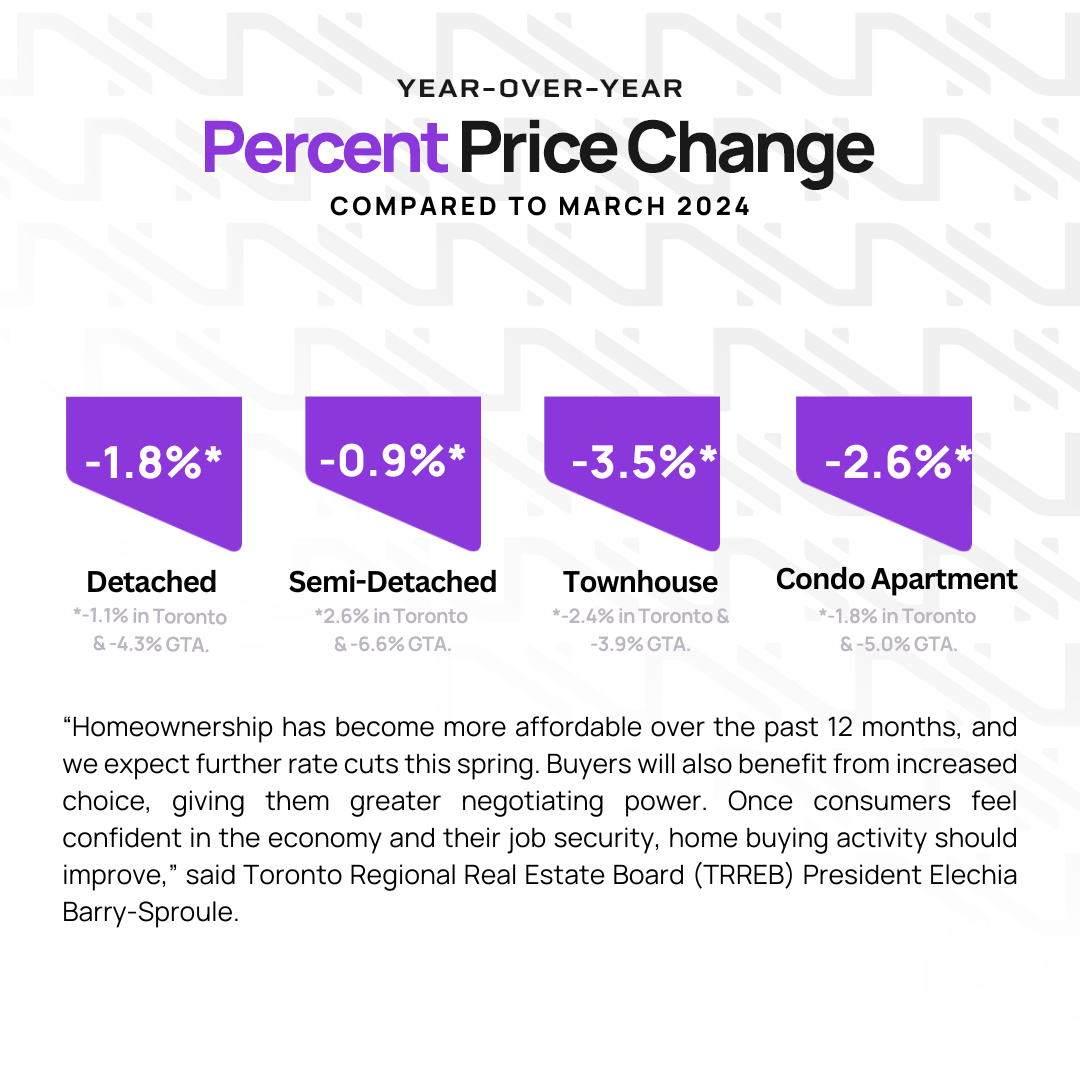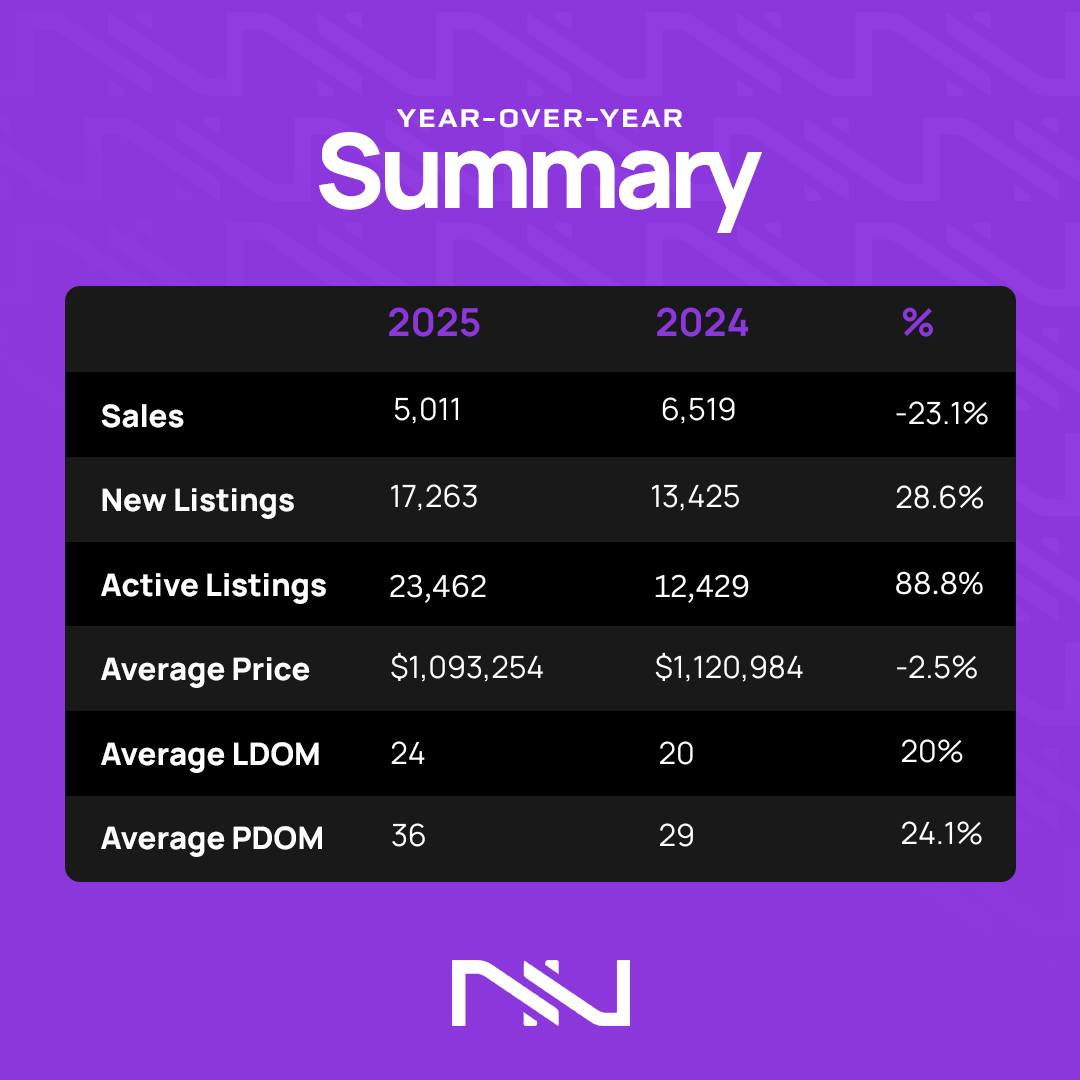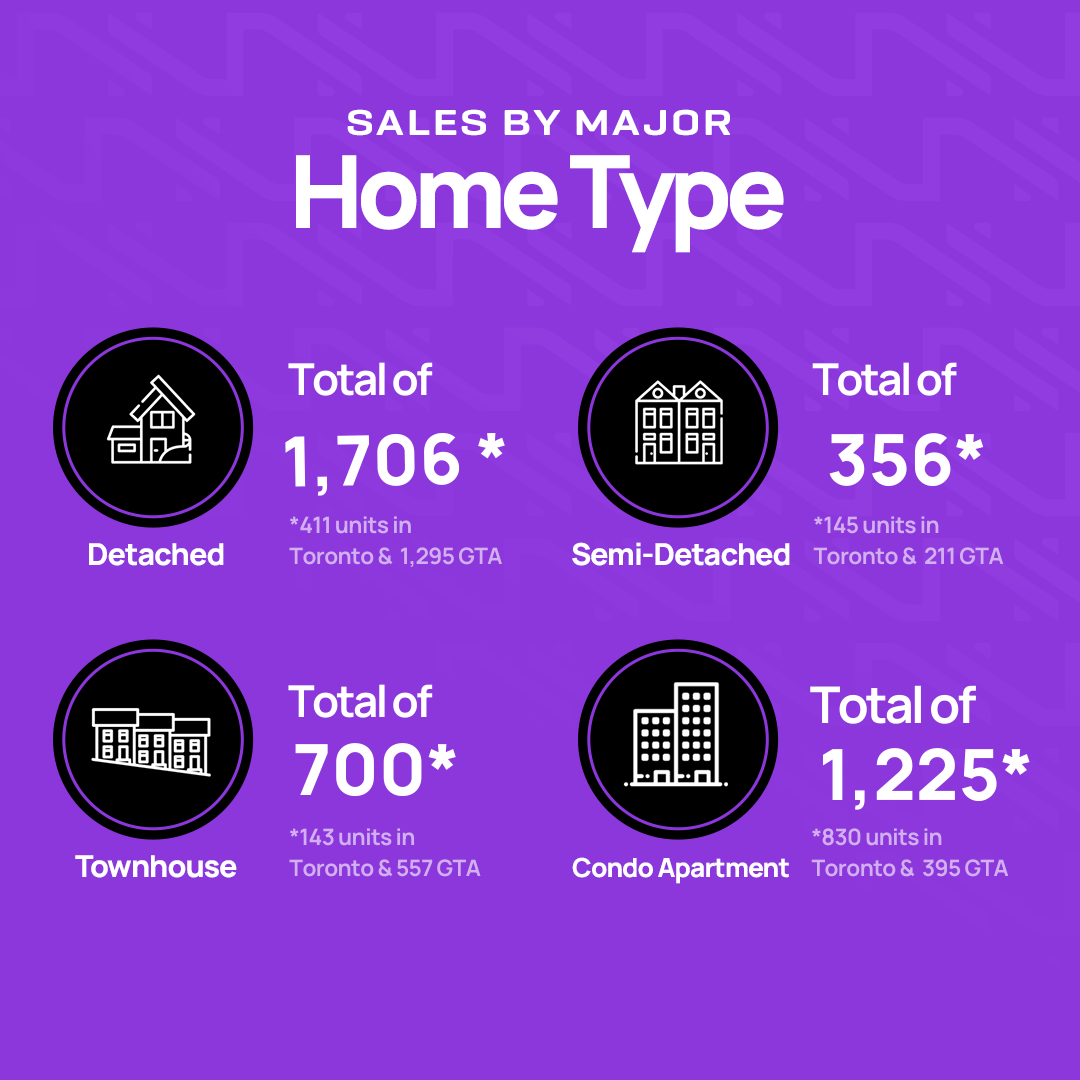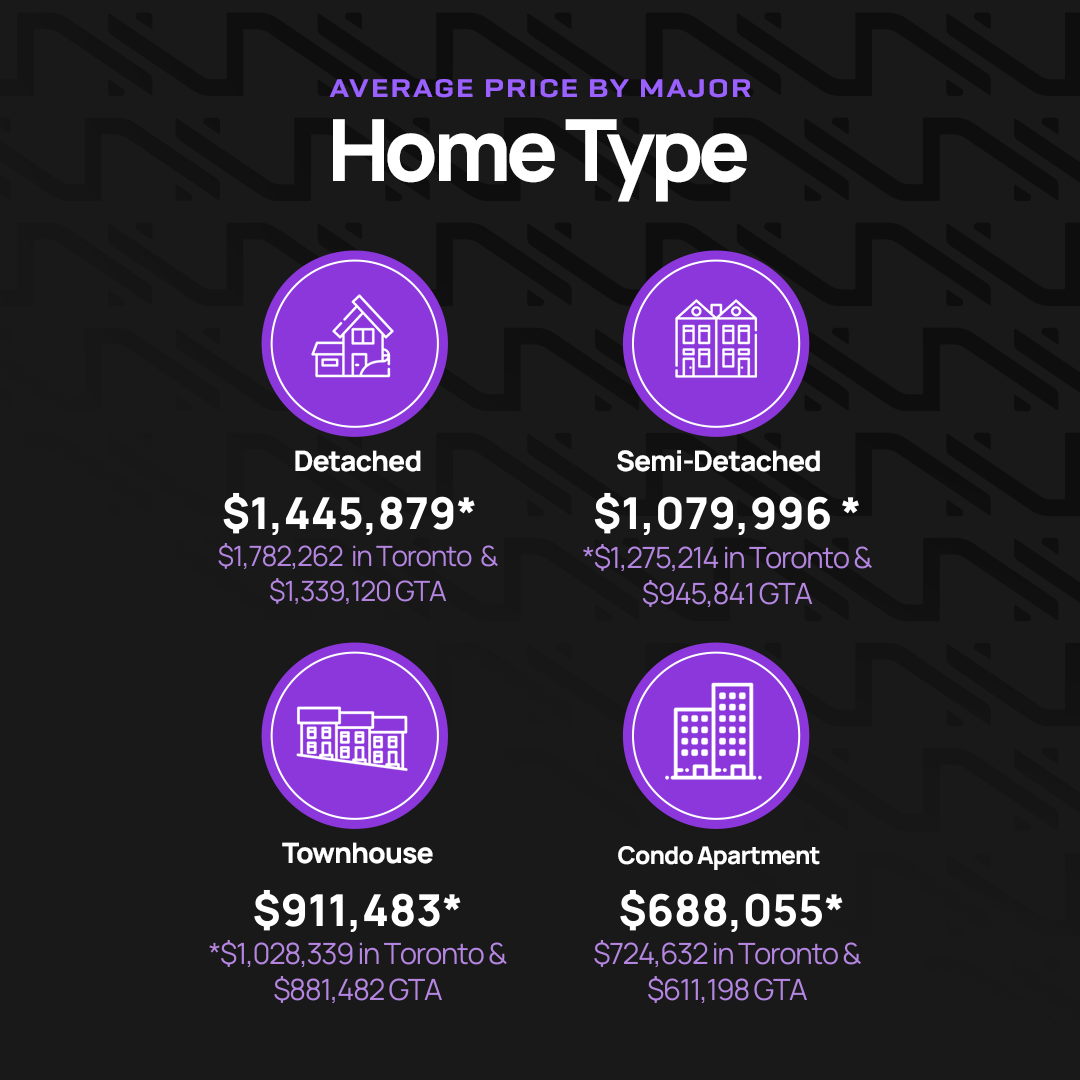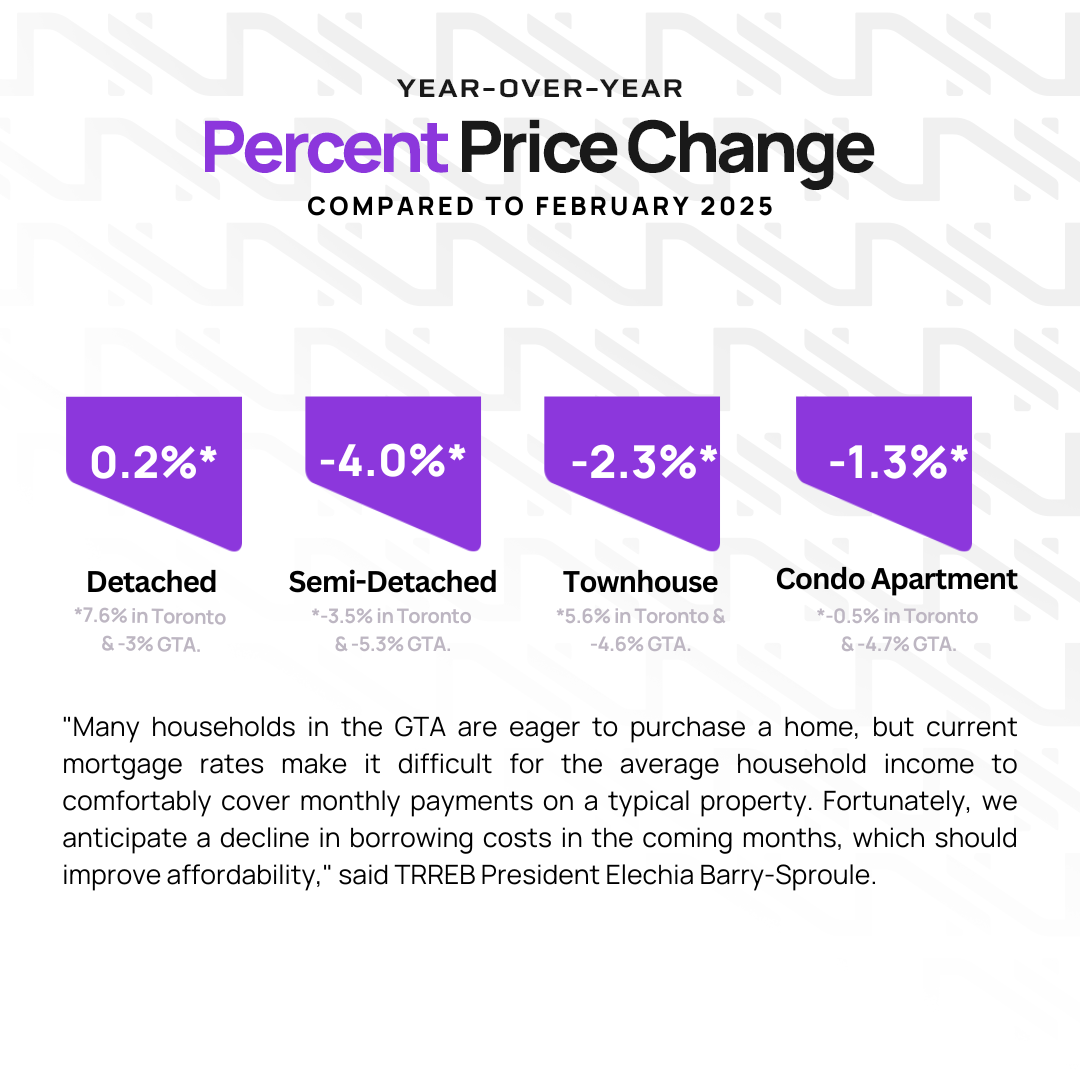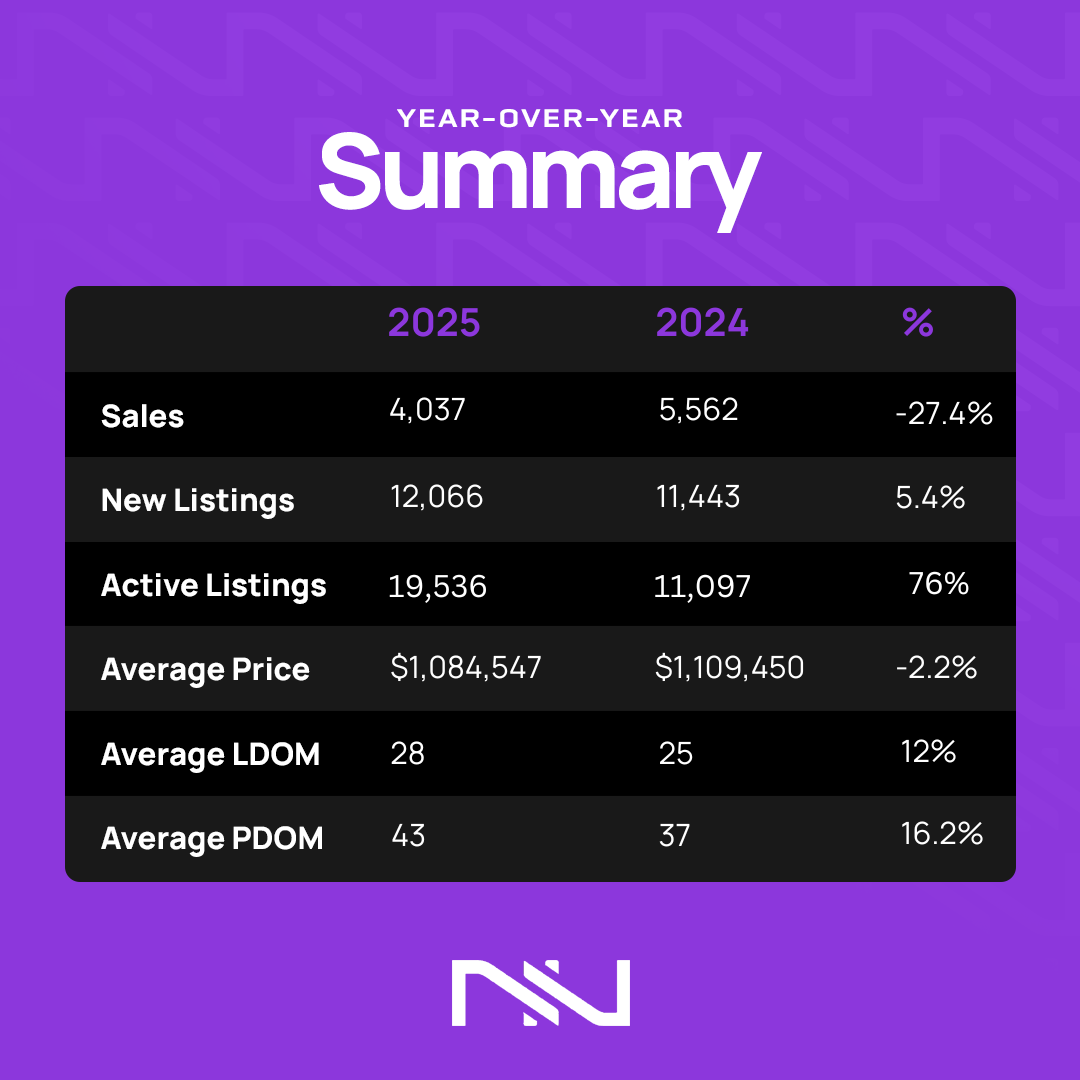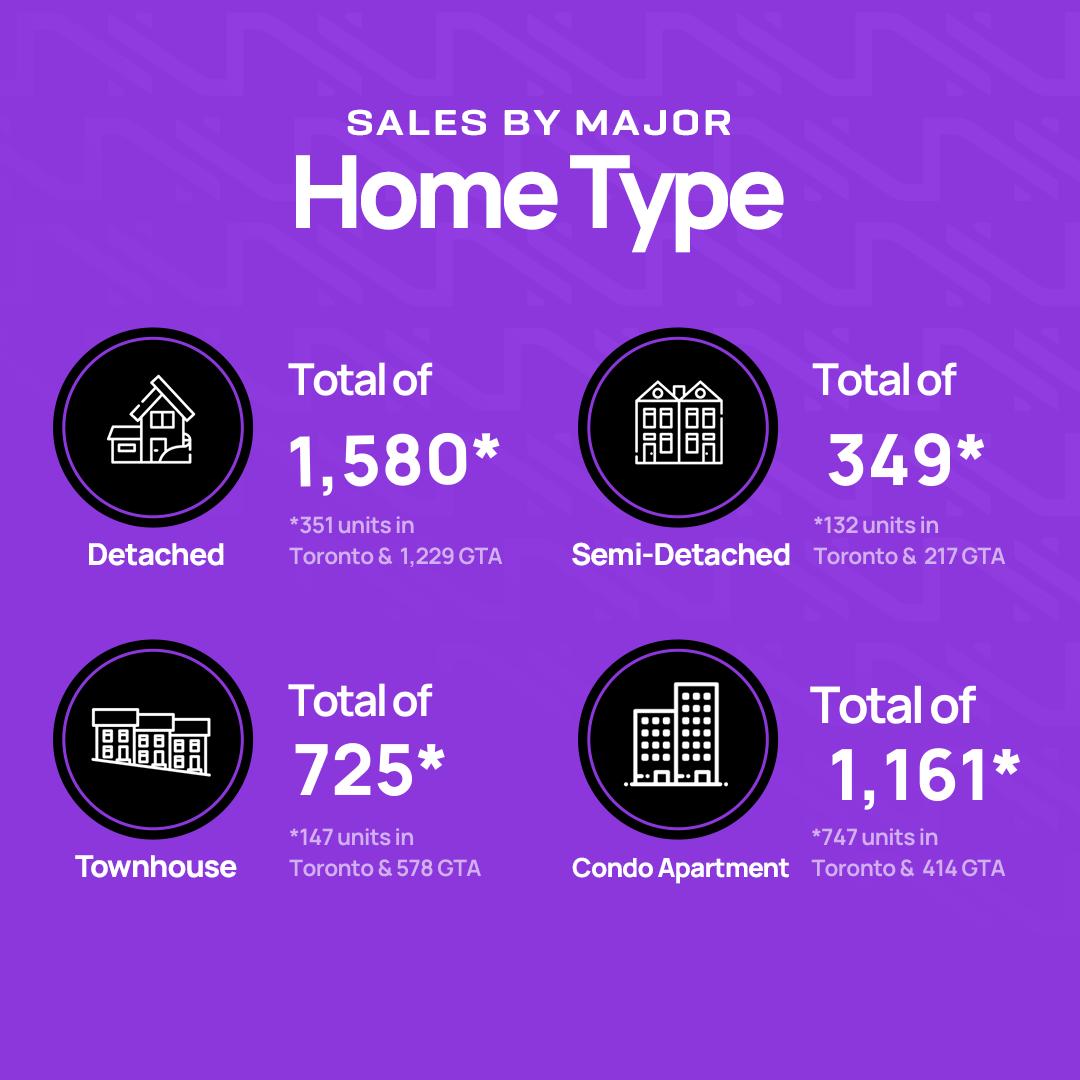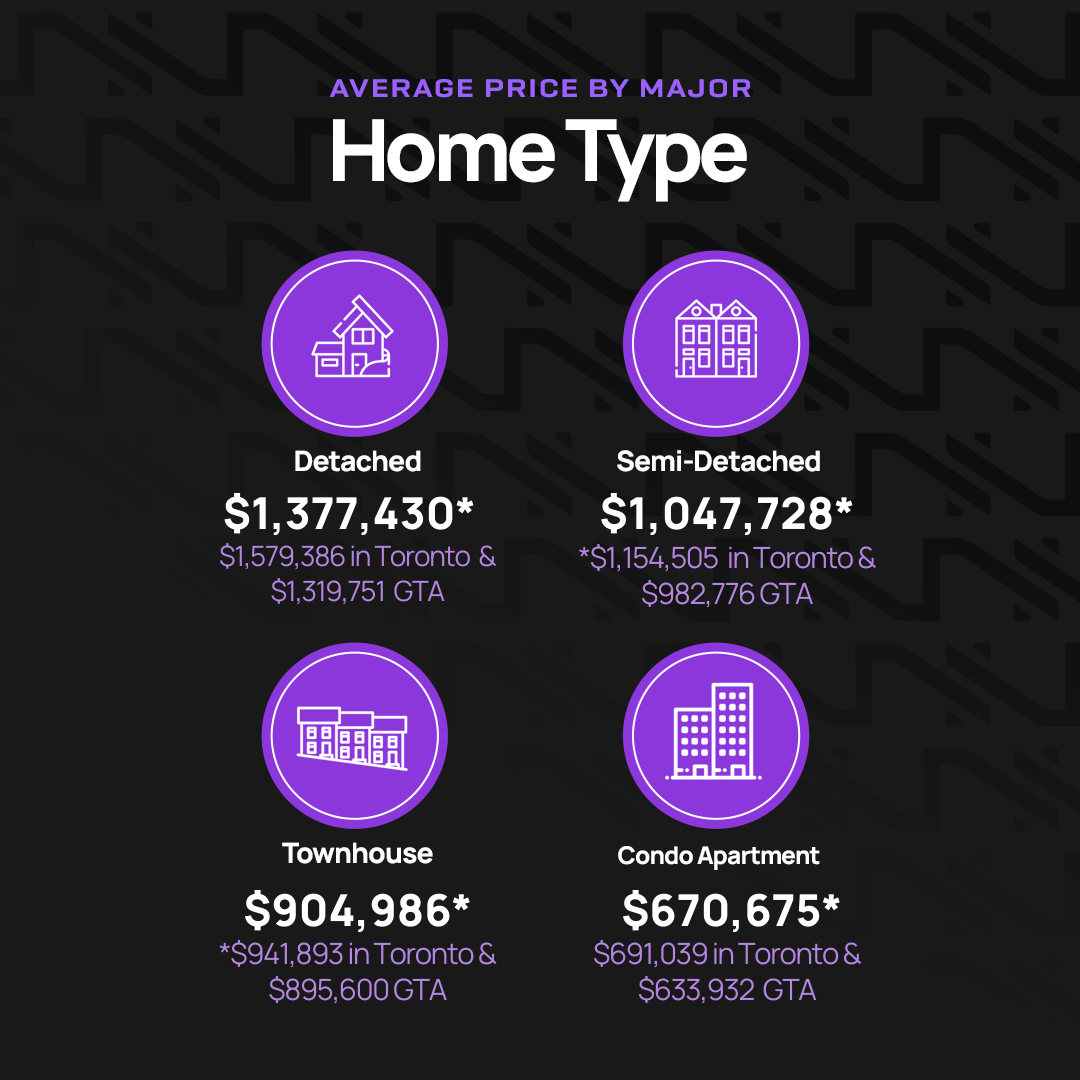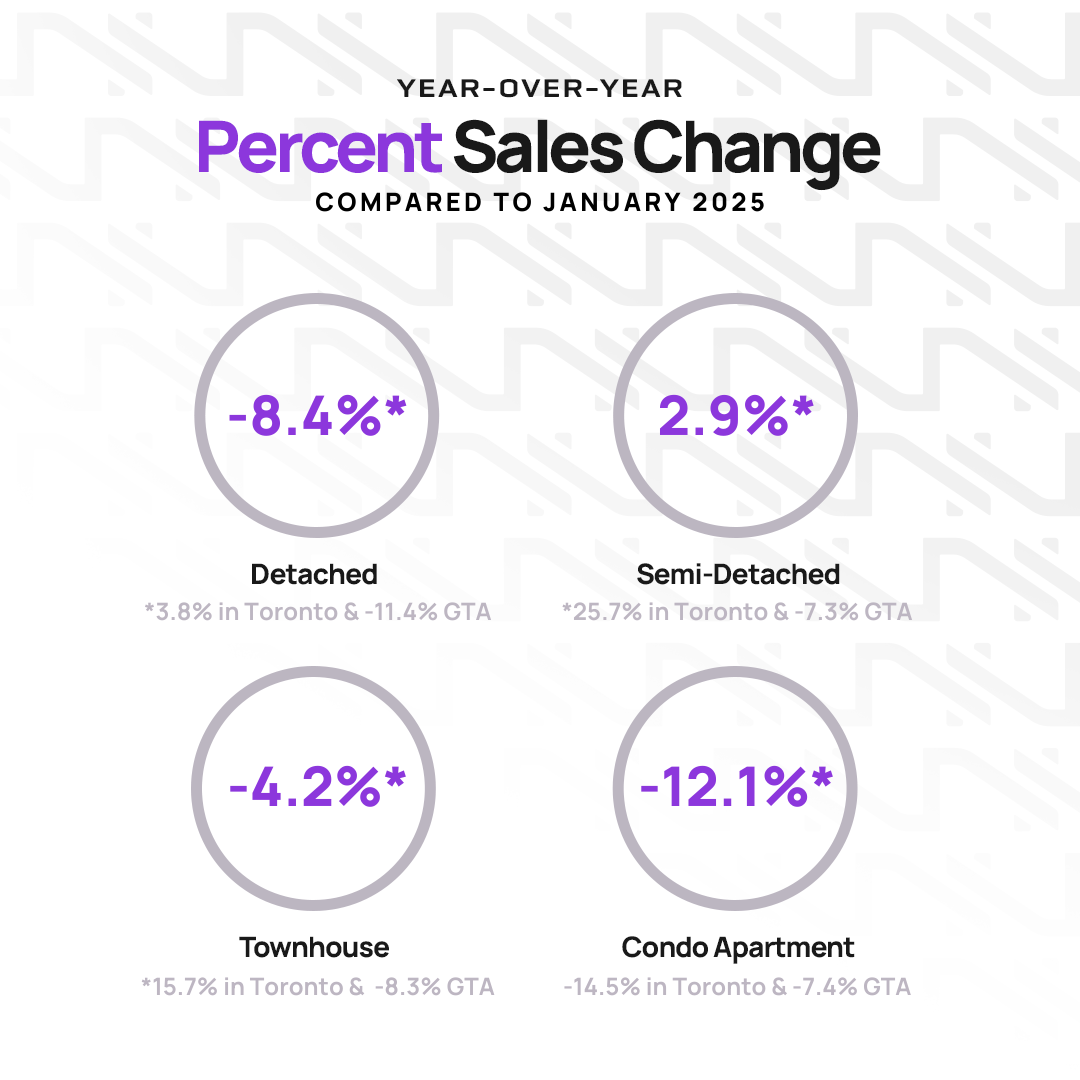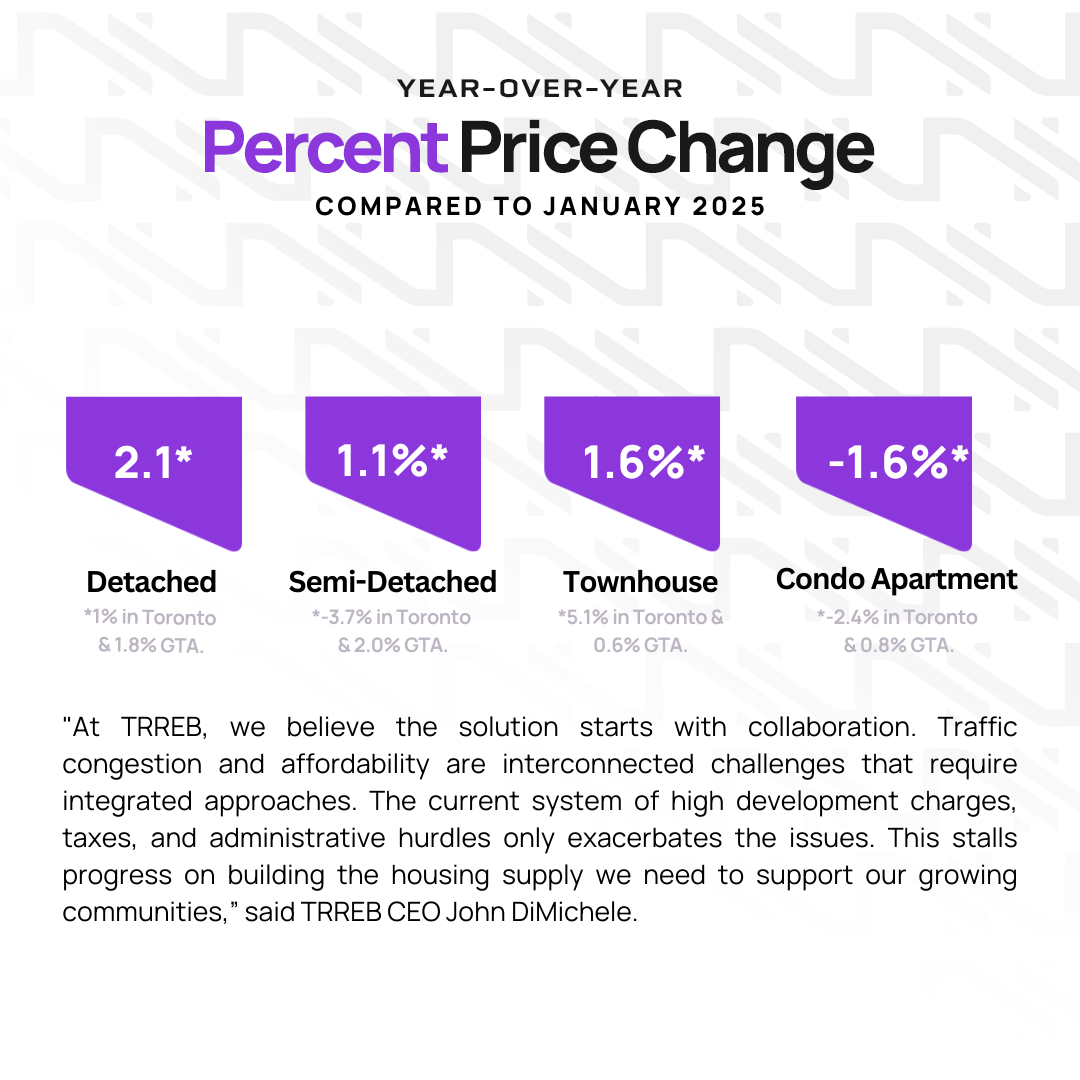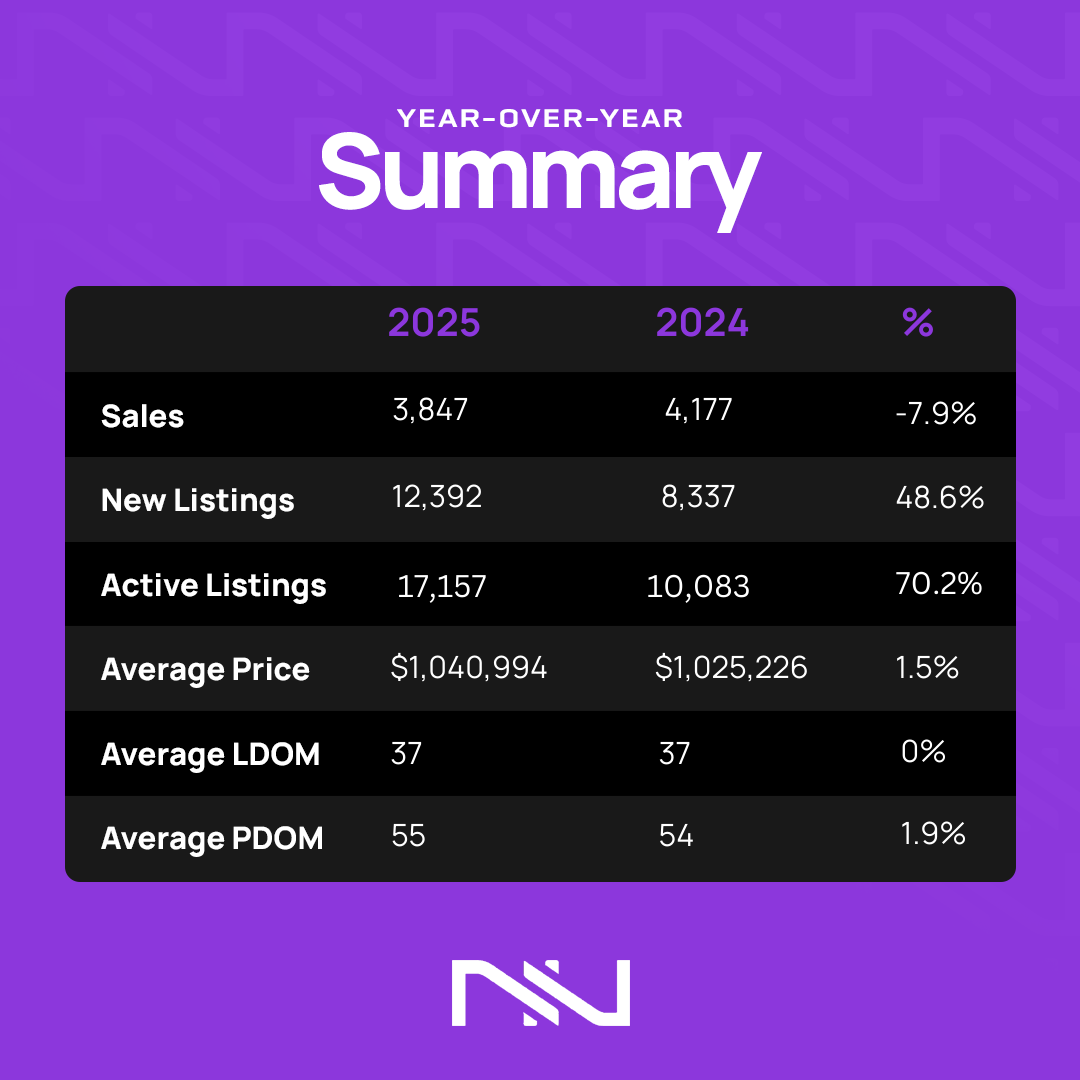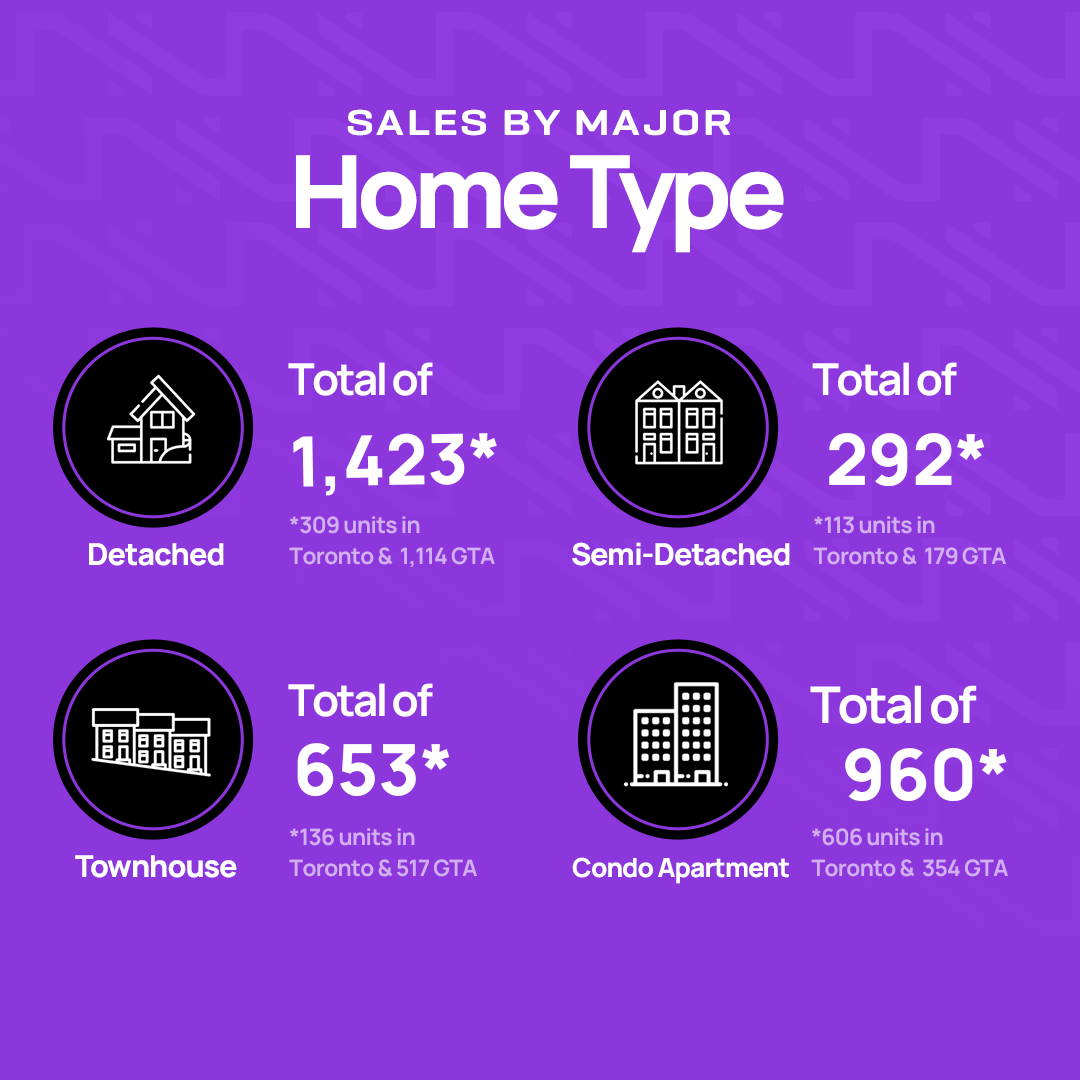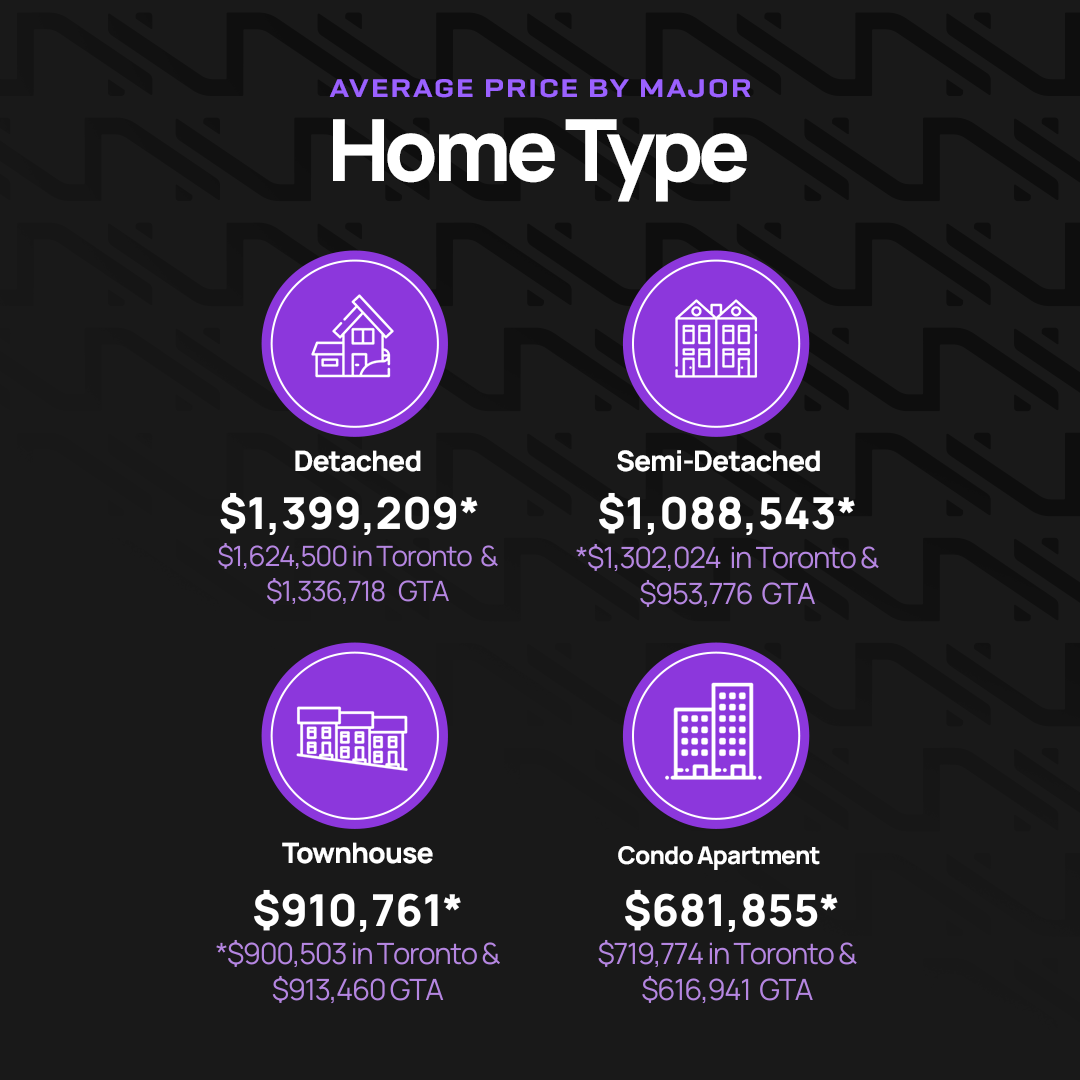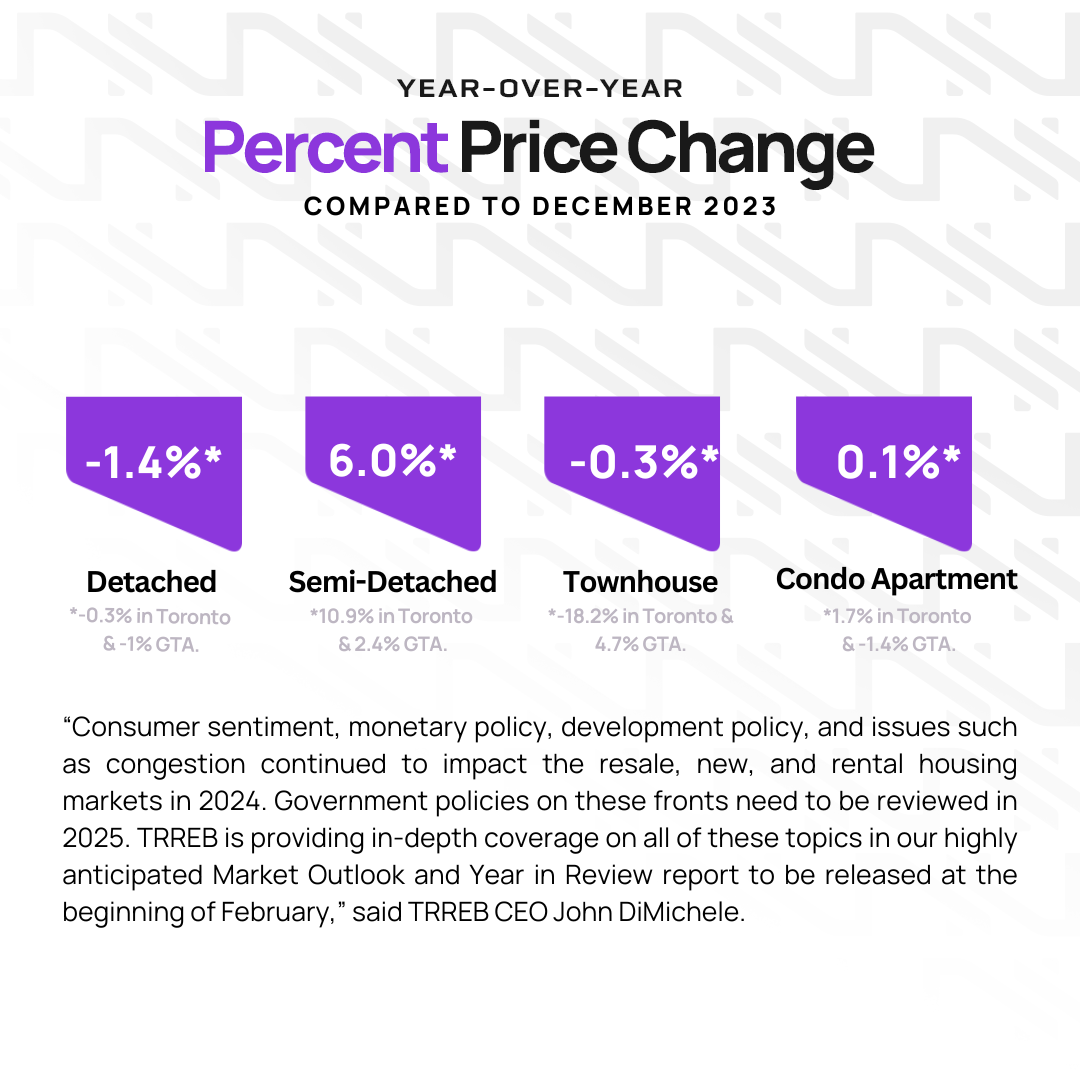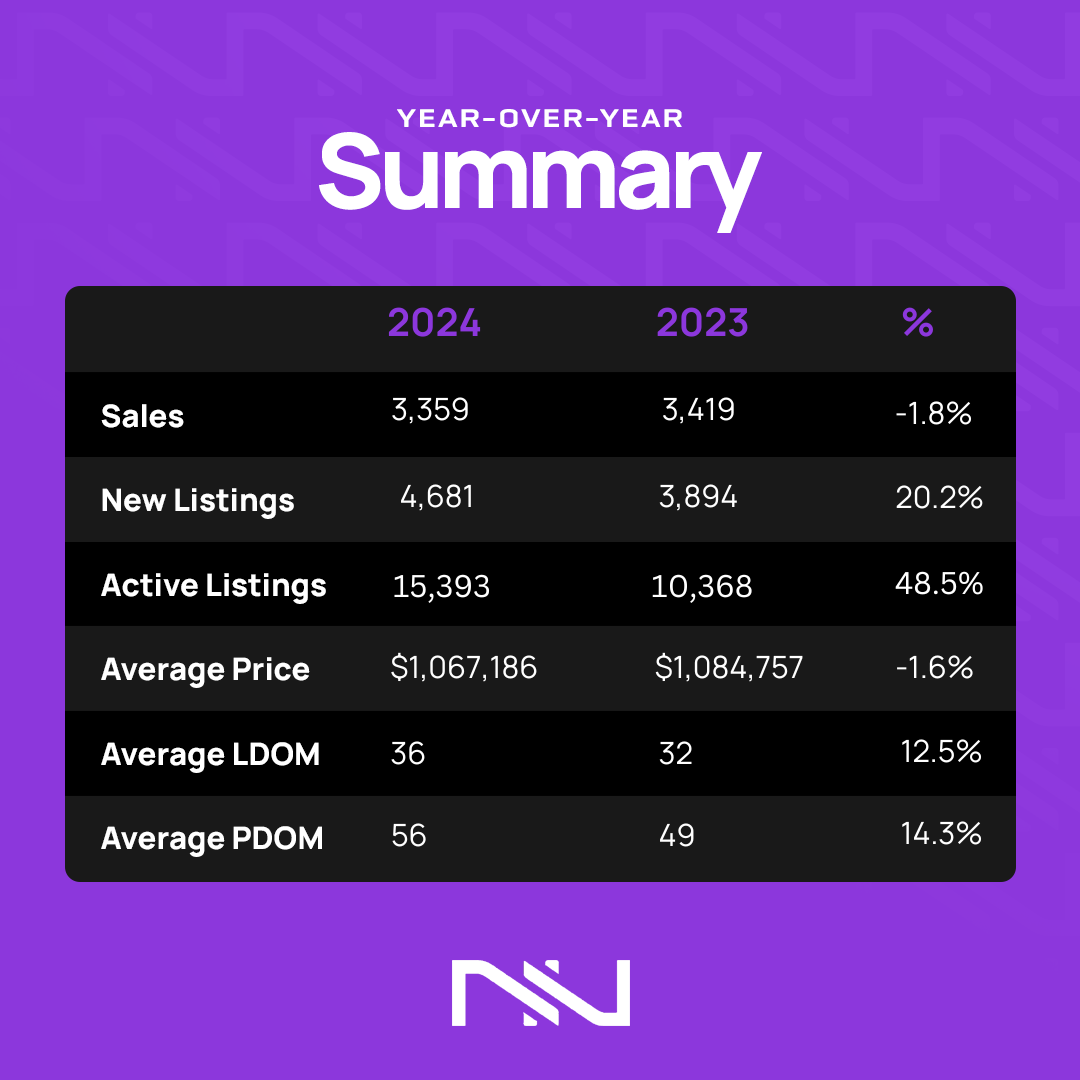Posted on
April 17, 2025
by
Unna Real Estate Group
Heads Up, Toronto Homeowners: The Vacant Home Tax Declaration is Due April 30
If you own property in Toronto, this is your friendly reminder: the Vacant Home Tax (VHT) declaration is due by April 30, 2025. And yes—even if you live in your home full-time, you still need to file.
The City of Toronto rolled out the VHT to help increase housing supply by discouraging properties from sitting empty. As a homeowner, it’s important to stay on top of this one—because missing the deadline could cost you.
What Is the Vacant Home Tax?
The Vacant Home Tax is a 1% annual tax on the current assessed value of any home that was left unoccupied for more than six months in the previous year (2024, in this case).
So if your home is assessed at $1.2 million and it’s considered vacant? That’s a $12,000 bill you don’t want showing up in your mailbox.
Who Needs to Declare?
All Toronto homeowners. Period.
Whether your property is:
• Your principal residence
• A rental or income property
• An investment you’re holding onto
• Inherited or held in a trust
You must file a declaration with the City by April 30, 2025. If you don’t, your property could be automatically considered vacant and taxed accordingly—plus you’ll risk late fees and penalties.
How to File Your Declaration
It’s quick and online. Here’s how to do it:
1. Visit toronto.ca/vacanthometax
2. Grab your 13-digit roll number and customer number from your property tax bill
3. Submit the declaration—it takes less than 5 minutes
Are There Exemptions?
Yes! If your home was vacant but for a valid reason, you may qualify for an exemption. Some common ones include:
• Renovations with permits
• Owner in hospital or long-term care
• Recent death of the owner
• Legal issues preventing occupancy
• Property transferred during the year
You’ll need to provide documents to back it up.
Why It Matters
At UNNA Real Estate, we work with clients across Toronto—from first-time buyers to longtime investors. And as a team based right here at College & Ossington with Revel Realty, we keep a close eye on the policies that impact your property—and your wallet.
If you have questions about the tax, want to talk strategy for your investment property, or just need help interpreting your notice, we’re here for it.
📍UNNA Real Estate Group
Proudly based in Toronto’s west end | A part of the Revel Realty network
www.unnarealestate.com
📩 Let’s chat about your next move.
This article is intended for general information purposes only and does not constitute legal or tax advice. Please consult a professional for advice specific to your situation.



